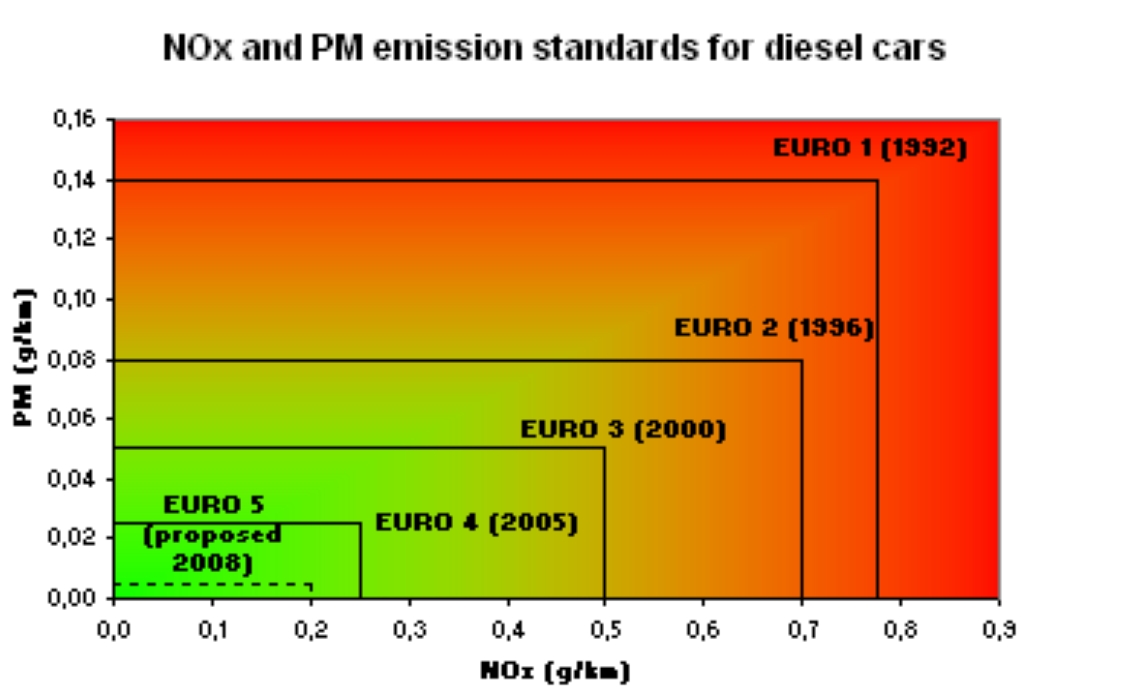The United States faces significant challenges in reducing vehicular emissions, which contribute to air pollution and climate change. Adopting European standards for emission testing could be a step in the right direction, offering numerous benefits.
European standards are known for their stringent regulations and comprehensive testing procedures, ensuring that vehicles meet high environmental performance criteria.
By aligning with these standards, the U.S. could improve air quality, reduce greenhouse gas emissions, and promote technological innovation in the automotive industry. This discussion examines the reasons why the U.S. should adopt European standards for emission testing, focusing on environmental, economic, and public health benefits.
One of the primary reasons for adopting European standards is the potential for significant environmental benefits. European emission regulations are more stringent than those in the U.S., requiring vehicles to meet lower limits for pollutants such as nitrogen oxides (NOx), carbon monoxide (CO), and particulate matter (PM).
By adopting these standards, the U.S. could reduce harmful emissions from vehicles, leading to improved air quality and a decrease in the adverse effects of air pollution on ecosystems. Cleaner air would also contribute to the reduction of acid rain and smog, benefiting natural habitats and biodiversity.
Economic benefits are another compelling reason for adopting European standards. Stricter emission regulations would drive innovation in the automotive industry, encouraging manufacturers to develop and implement advanced technologies that reduce emissions.
Also Read: Are Driverless Cars the Future, or Just a Distraction for Automakers?
This innovation can create new business opportunities and jobs in the green technology sector. Additionally, aligning with European standards would facilitate trade and harmonization between the U.S. and European markets, reducing barriers for American automakers and suppliers. By meeting consistent global standards, U.S. manufacturers could compete more effectively in international markets, boosting the economy.

Public health is a critical consideration in the debate over emission standards. Exposure to vehicle emissions is linked to various health issues, including respiratory and cardiovascular diseases, asthma, and premature death.
European standards, with their focus on reducing pollutants, could lead to substantial public health benefits in the U.S. By cutting down on emissions, the incidence of pollution-related illnesses would likely decrease, reducing healthcare costs and improving public well-being.
Cleaner air would particularly benefit vulnerable populations, such as children, the elderly, and those with preexisting health conditions. The adoption of European standards for emission testing could also help address the issue of climate change.
Transportation is a major source of greenhouse gas emissions, and stricter emission regulations would contribute to the reduction of carbon dioxide (CO2) and other greenhouse gases.
By lowering emissions, the U.S. could make significant strides in meeting its climate goals and international commitments, such as the Paris Agreement. This alignment with global climate initiatives would enhance the country’s credibility and leadership in environmental sustainability.
Moreover, adopting European standards could encourage the development and adoption of electric and hybrid vehicles. European regulations often include incentives and requirements for low-emission and zero-emission vehicles, promoting the transition to cleaner transportation options.
By adopting similar measures, the U.S. could accelerate the shift towards electric mobility, reducing dependency on fossil fuels and decreasing emissions from the transportation sector.
Also Read: How the Lack of Transparency in Car Pricing Hurts U.S. Buyers

